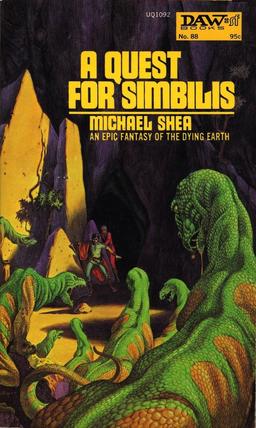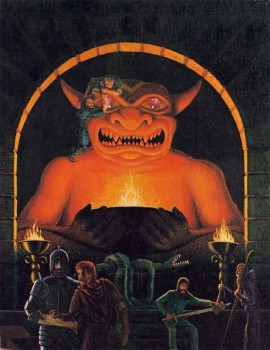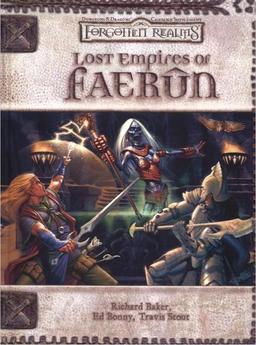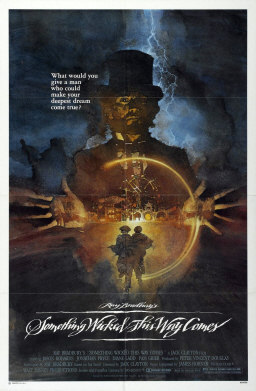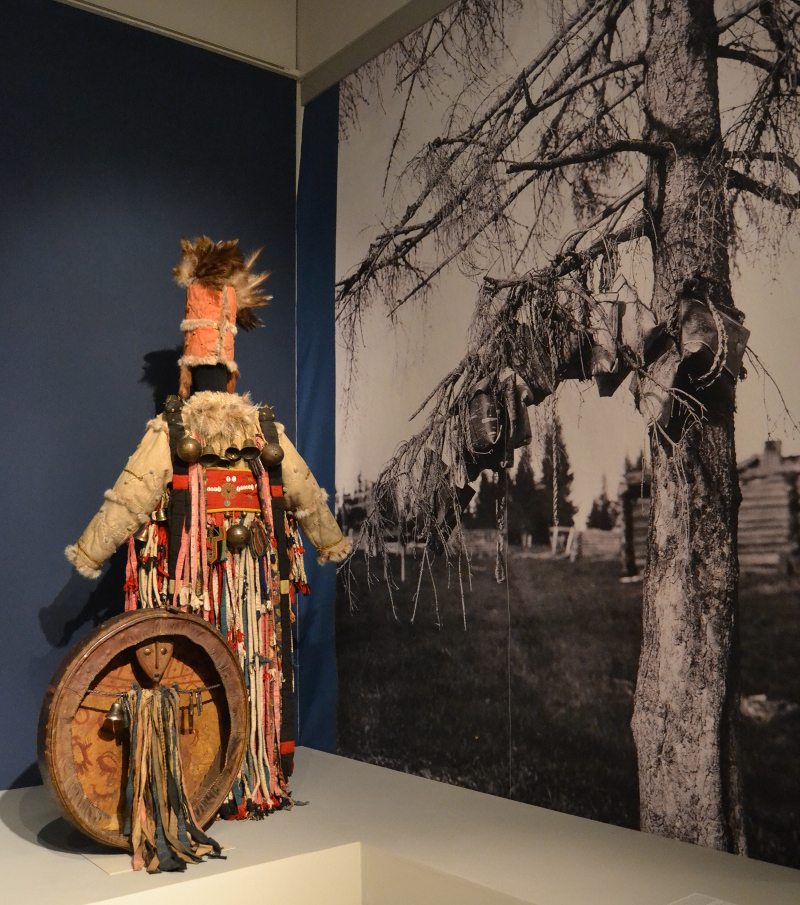Mary Gentle’s The Black Opera: Another Opinion
 Two years ago, veteran author Mary Gentle’s most recent novel The Black Opera was published to mixed reviews. Some liked the book’s mix of alternate-history fantasy and comic-opera theatricality — as the sub-title has it, “a novel of Opera, Volcanoes, and the Mind of God.” Others, ably represented at Black Gate by Sean Stiennon’s review, found the pacing was slack, the fantastic elements underdeveloped — particularly with regard to how they affected the setting — and, perhaps especially, that the drama was undermined by a lack of conflict among the characters. Having just read the book myself, and having greatly enjoyed it, I felt like putting forward a few thoughts in the novel’s defence. Oddly, I don’t so much disagree with many of the criticisms as think that in context they actually work to make a pleasant, effective story.
Two years ago, veteran author Mary Gentle’s most recent novel The Black Opera was published to mixed reviews. Some liked the book’s mix of alternate-history fantasy and comic-opera theatricality — as the sub-title has it, “a novel of Opera, Volcanoes, and the Mind of God.” Others, ably represented at Black Gate by Sean Stiennon’s review, found the pacing was slack, the fantastic elements underdeveloped — particularly with regard to how they affected the setting — and, perhaps especially, that the drama was undermined by a lack of conflict among the characters. Having just read the book myself, and having greatly enjoyed it, I felt like putting forward a few thoughts in the novel’s defence. Oddly, I don’t so much disagree with many of the criticisms as think that in context they actually work to make a pleasant, effective story.
First, let’s be precise about what we’re looking at. The Black Opera‘s set in the early-to-mid nineteenth century in a world where miracles happen: inconsistent but often startlingly powerful violations of physical laws that seem to be related to powerful musical performances. Ghosts and the walking dead are not uncommon. In Naples, a freethinking opera librettist named Conrad Scalese is saved from the Inquisition by agents of King Ferdinand II, who conscripts Conrad into a secret project: combating a secret society of Satanists who plan to invoke a miracle that will raise Satan and destroy Naples. They will do this by staging a Black Opera — so Conrad, on Ferdinand’s behalf, must create a countering ‘white opera’ to overcome their evil plan. The book follows Conrad’s frantic attempts to create and stage his opera on a tight timetable, introducing and setting up characters and subplots before an extended climax brings everything to a dramatic head.
